Hi, everyone!
Cate was recently a guest on the second season of Staged which you can stream on BBC iPlayer. She appeared on the 7th episode titled The Loo Recluse. There’s also new interview with Cate and some film related news.
Nightmare Alley release date and Borderlands filming soon to begin
Nightmare Alley
With films including Pan’s Labyrinth and The Shape of Water, Guillermo del Toro (pictured) is one of the most original, audacious directors today, his work fusing heart and horror. It will be fascinating to see what he does to reinvent Nightmare Alley, based on a novel that was adapted into the classic 1947 film noir of the same name. Bradley Cooper and Cate Blanchett star in the story of a con man who teams up with a psychologist. The rest of the amazing cast includes David Strathairn, Rooney Mara, Toni Collette, Richard Jenkins and Willem Dafoe. Who wouldn’t want to work with Del Toro? His films are always at the top of my want-to-see list. (CJ)
Released on 3 December (2021) in the US
Borderlands is set to film in Hungary
Like the rest of the world, Hungary was hit by the coronavirus pandemic and, like the rest of the movie business, COVID-19 shuttered film and TV shoots at studios in and around Budapest. But Hungary was one of the last places to shut down — low infection numbers in Spring meant there was no formal lockdown during the first wave of the pandemic in spring 2020 — and, because of smart planning and a cooperative, pro-film-industry government, the country’s studios were among the first, in early summer, to welcome back international productions.
“It’s remarkable, really, given all of the challenges that we’ve faced since this crisis began, that we’ve managed to keep going,” says Adam Goodman, head of MidAtlantic Films, Hungary’s leading production services provider. In addition to the Cage movie, and ongoing production for Halo, MidAtlantic also wrapped on Amblin’s sci-fi drama Distant, starring Naomi Scott and Anthony Ramos, and is in production on season five of Carnival/Netflix series The Lost Kingdom.
“We’ve opened up space for a Lionsgate film, Borderlands [starring Cate Blanchett and Kevin Hart], we’re doing season three of Jack Ryan for Paramount TV, and we’re doing a Marvel project, which, for the usual security reasons, I can’t talk about,” notes Goodman. “We’re basically fully booked for the coming cycle, until the summer, which, hopefully, will be the last cycle of shows we have to do under COVID-19 protocols.”
Inside the Complicated “Chutzpah” of ‘Mrs. America’: Stars Uzo Aduba, Cate Blanchett, Margo Martindale and Sarah Paulson in Conversation
The actresses talk about researching their real-life counterparts, the importance of honoring the hidden legacy of female trailblazers, the relevance of the show to the modern political landscape and the limited series’ iconic costumes.
Four members of the most star-studded TV ensemble of the year — Cate Blanchett (as conservative activist Phyllis Schlafly), Uzo Aduba (Shirley Chisholm, the U.S.’ first Black female congresswoman and presidential candidate), Margo Martindale (Rep. Bella Abzug) and Sarah Paulson (Alice Macray, a fictional Schlafly supporter) — joined THR’s TV critic Inkoo Kang for the following conversation about the critically acclaimed limited series Mrs. America, which depicts the politically charged fight to pass the Equal Rights Amendment.
What was it like to research your?characters?
MARGO MARTINDALE I did two months of research to [understand] the relationships between Bella Abzug and the people that were on her side of the fence, especially Shirley and Gloria [Steinem, played by Rose Byrne]. I knew very little about the other side. But the whole show was a complete education for me. I think I’m the oldest [castmember] and I should have known more, but I didn’t. I’m very, very, very grateful to have gotten to do this show for that reason, and to be with these incredible, fabulous women. And one man. No, there are more than that — two or three.
UZO ADUBA My mom was a fan of Shirley Chisholm’s, so I had a high-level understanding of who she was. I really learned more about her through research and came to understand how outside the lines she was playing. I didn’t know how steep the mountain was that she was up against within her own party. I didn’t know a good number of the women featured in this piece, and I think they all align on that level — to me, anyway — in terms of what they were aiming to accomplish in a time when [those opportunities] didn’t exist.
CATE BLANCHETT It sounds a bit counterintuitive, but for me, the character is strangely the last point of entry. I had heard of Phyllis Schlafly but didn’t really know the details of her life. Sarah and I were making Ocean’s 8 in the lead-up to the 2016 election, and a lot of this stuff came into play for me then. There was this little old woman who had been brought onto the campaign trail for Trump called Schlafly, and then he went to her funeral. And I thought, “Hang on a minute. This woman is a really strong political player for the GOP. I have no idea who she is.”
I sort of reverse-engineered it from there. I thought, “She’s so polarizing.” There were people saying she’s either the Antichrist or the Mother Teresa of the Republican Party. There’s no point in judging your character — that’s for the audience to do. I read her authorized biography to try to get a balanced sense of the woman. Ironically, she’s a quintessential outsider. She was always trying to get inside the political system.
Sarah, what was it like to play a fictional character on this vastly researched show?
SARAH PAULSON I had been shooting Ratched until 32 hours prior to traveling to Toronto to start this. I felt totally unprepared. But I comforted myself [by saying], “This is a woman who is finding her sea legs and stepping into her own discovery of herself.” I was jealous, truthfully, of the work that one can get inside when you’re knee-deep in research. I find that very liberating, when I have a blueprint that’s not my own invention or the?writer’s invention, but something that actually happened in history that I can look to. I didn’t?have to do any research, but Alice was in the?dark.
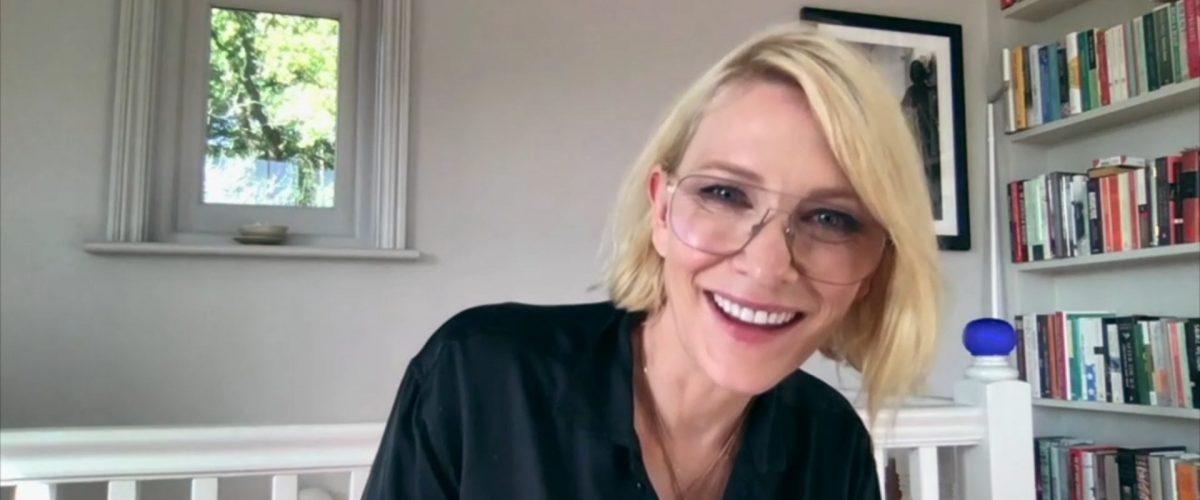
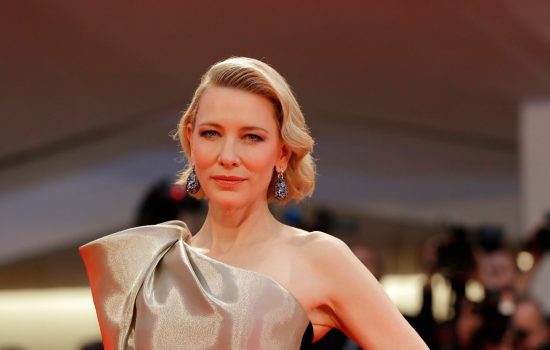
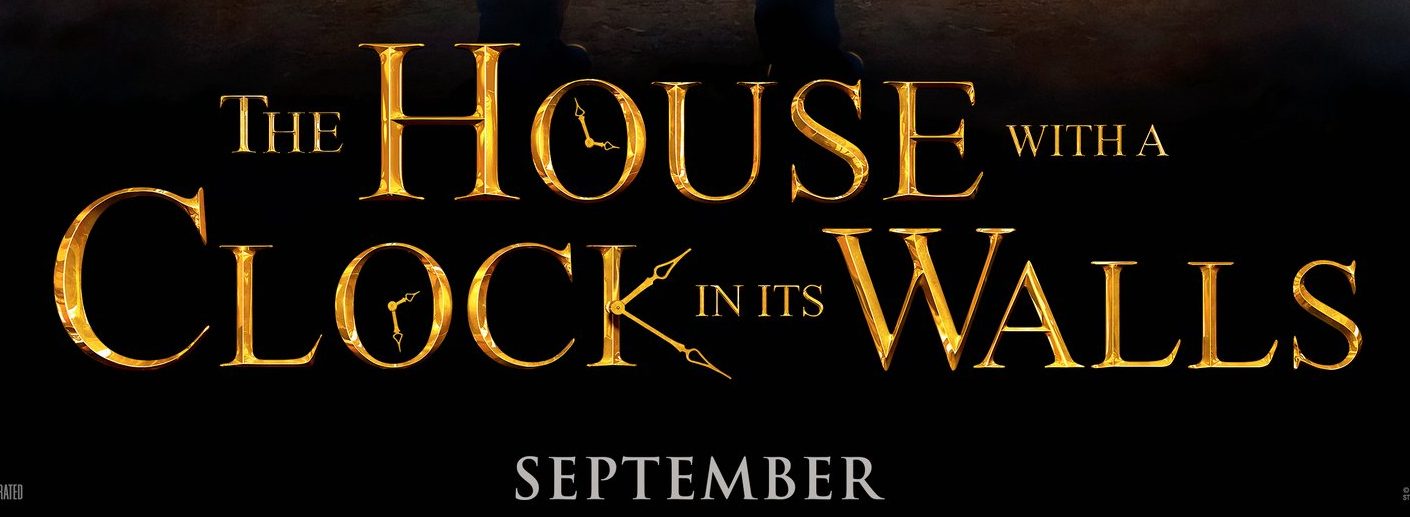
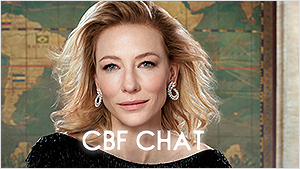
 A Manual for Cleaning Women (202?)
A Manual for Cleaning Women (202?)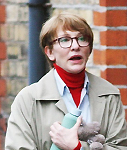 Father Mother Brother Sister (2025)
Father Mother Brother Sister (2025)  Black Bag (2025)
Black Bag (2025) 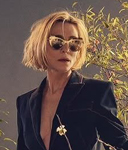 The Seagull (2025)
The Seagull (2025)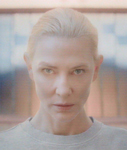 Bozo Over Roses (2025)
Bozo Over Roses (2025)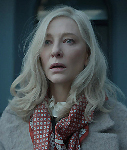 Disclaimer (2024)
Disclaimer (2024) 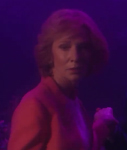 Rumours (2024)
Rumours (2024) 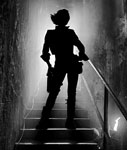 Borderlands (2024)
Borderlands (2024) 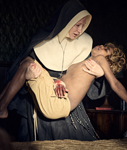 The New Boy (2023)
The New Boy (2023) 











